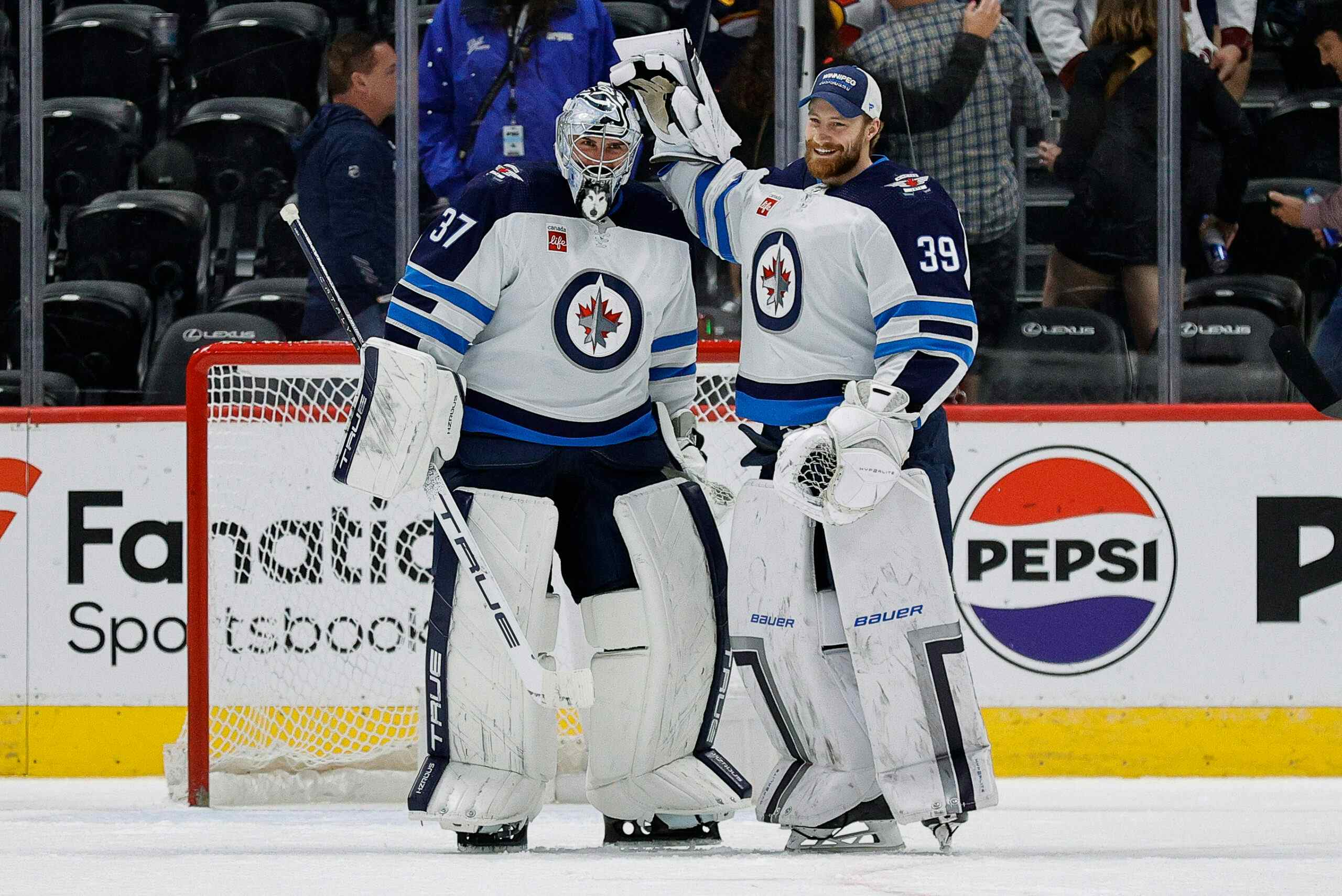Point Totals

People have crazy ideas about the number of points forwards should be recording.
How many points should a first-line forward put up? A top-30 forward in the game? Ask those questions and the odds are that you’ll hear ‘point-per-game’ from a lot of fans. It simply isn’t true.
Last season, there were nine 80+ point forwards in the entire NHL, meaning that just one team in three possessed a healthy, point-per-game forward. Now, before someone trots out the ‘yeah, but if you want to win you need a game-breaking offensive talent’ line, it’s also worthwhile to note that neither the Boston Bruins nor the San Jose Sharks possessed one of those players.
Fifty points was enough to get a player into the top-90 in scoring by NHL forwards – in other words, if a player recorded 50 points, he is definitively a first-line forward offensively. Fully half of those players scored between 50-60 points, so while a 50 point player is a below-average first-line scorer, he’s really only ten points back from being an average first-line scorer.
Thirty-four points was the cut-off for the top-180 in scoring for NHL forwards in 2010-11. Again, the meaning here is that the offensive range for a typical second-line player in the NHL is between 34 and 49 points.

Typically, even good teams don’t deviate from having six guys in top-six scoring range. Let’s look at the four conference finalists to illustrate this point:
- Boston: Four first-liners (Lucic, Krejci, Bergeron, Horton), three second-liners (Recchi, Marchand, Ryder)
- Vancouver: Three first-liners (Sedin, Sedin, Kesler), three second-liners (Samuelsson, Burrows, Raymond)
- Tampa Bay: Four first-liners (St. Louis, Stamkos, Lecavalier, Purcell), two second-liners (Gagne, Malone)
- San Jose: Six first-liners (Marleau, Thornton, Pavelski, Heatley, Clowe, Couture), one second-liner (Setoguchi)
What’s the point here? Simply that a guy who can score 40 points (assuming he’d score it anywhere) is going to be a top-six forward almost anywhere in the league.
This is an important thing to know, for a lot of reasons. Fans and columnists alike tend to overestimate the amount of high-end offensive players a team needs to win, and consequently undersell the players they have. For Flames fans, that might mean not selling Alex Tanguay short – those 69 points he recorded are a superb first-line number; he would have led the Stanley cup champions in scoring. For Oilers fans, this means snorting derisively when some columnist in Toronto refers to Ales Hemsky as a “second line winger.” For Leafs fans, it means giving players like Grabovski and Kulemin the credit they deserve.
A 60-point player is a first-liner almost anywhere in the NHL. A 35-point player is a second-liner almost anywhere in the NHL. Obviously there’s more to it than that – offense isn’t the only measuring stick around – but all else being equal, those are the plateaus. It’s been that way for years now.
Recent articles from Jonathan Willis





